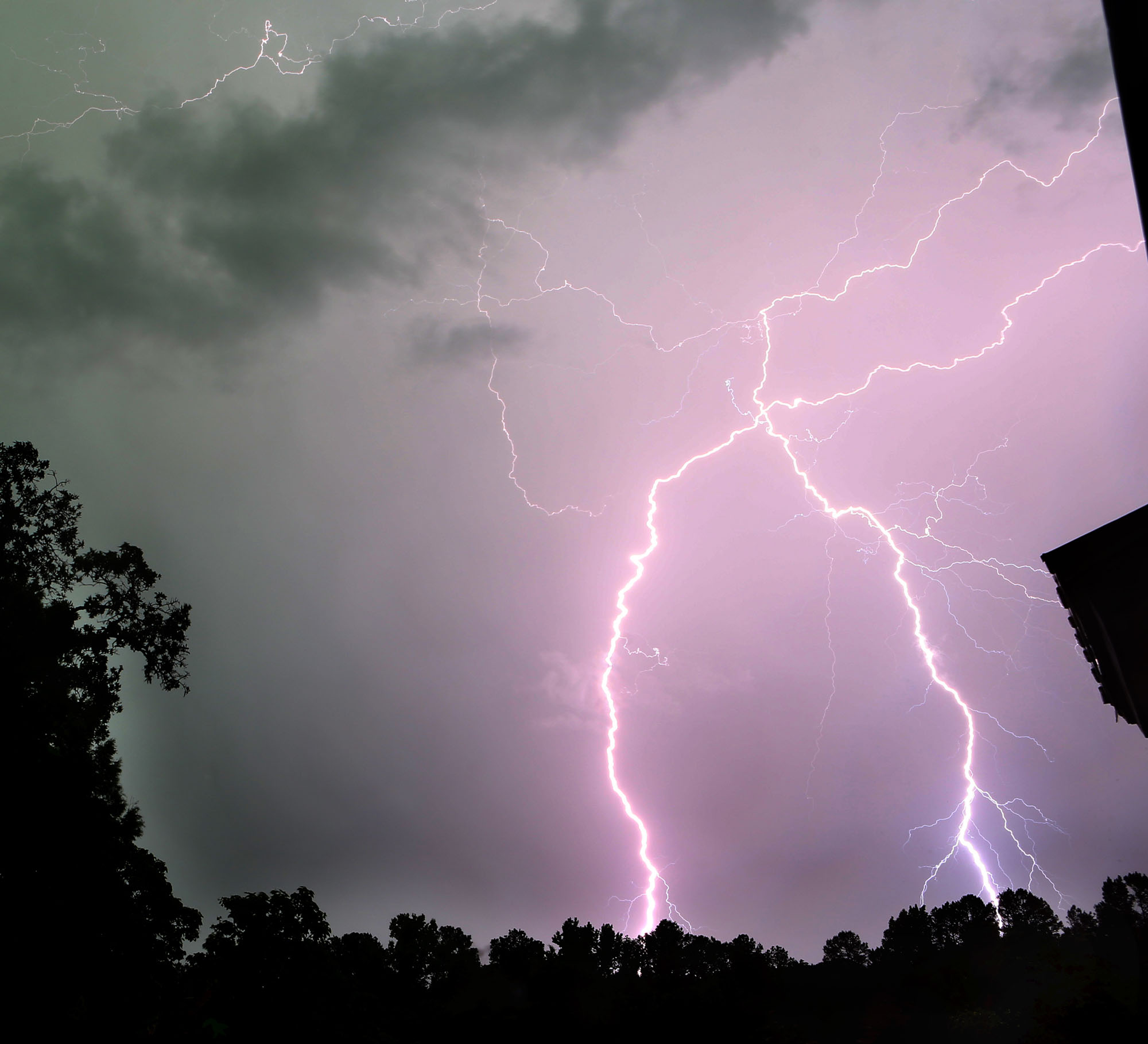Divine attribution
In ancient times, the drama of thunder and lightning so clearly went beyond human scale that the phenomenon was handed wholesale to the gods. The Greeks had Zeus, the Romans Jupiter. At the head of the Hindu pantheon was Indra, while Norse mythology gave us Thor — all wielders of thunderbolts. Even when thunderstorms were not ascribed directly to the activity of a divine being, they were considered a disturbing premonition. Pliny the Elder, writing in the first century A.D., called them prophetic, direful and accursed.
Traditionally, thunder and lightning were treated as separate, related, phenomena, because sound travels far slower than light. When a ripple of lightning splits the sky, the light travels toward us at 300,000 km per second. By comparison, the noise ambles along at just 340 meters per second. After the near-instantaneous flash, we have to wait for the sound to catch up. If a thunderstorm is 10 km distant, the delay will be around 29 seconds.
Famously, American politician and scientist Benjamin Franklin is said to have tested lightning's nature by flying a kite in a thunderstorm. This experiment has a murky history. Franklin certainly proposed it in 1750, but there is no reliable documentation of hands-on kite work on his part. The proposal was to use the electrical charge in the thunderclouds to induce a build-up of electricity on a key tied to the kite string. The charge would then be passed to a primitive storage device called a Leiden jar, where it could be demonstrated that the power of the storm behaved exactly like electricity generated on the ground.



